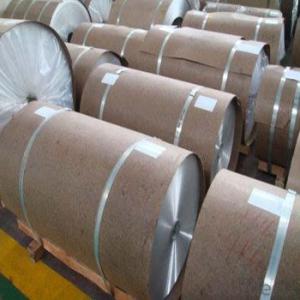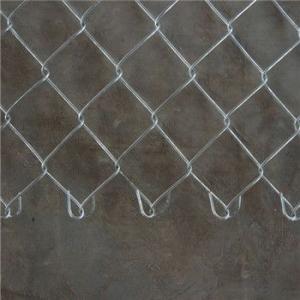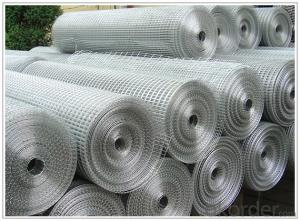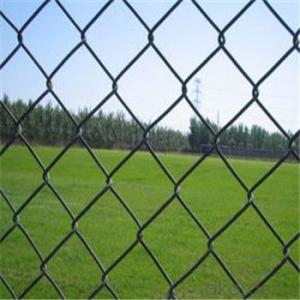Direct Solar Inverter
Direct Solar Inverter Related Searches
Shiny Or Dull Side Of Aluminum Foil For Cooking Inverter For 100w Solar Panel Solar Panel Inverter For Rv Pvc Tiles For Walls Wall Lights For Bedrooms Inverter Ac With Solar Panel Solar Panel With Inverter Kit Solar Panel Kits With Inverter Solar Panel With Inverter Direct Roving For PultrusionHot Searches
Type Of Inverter For Solar Price Of Shipping Containers For Sale Types Of Inverter For Solar Used Sandwich Panel For Sale Bags Of Cement For Sale Pvc Chairs For Sale Tilt Panel Props For Sale Types Of Temporary Side Panels For Cement Deck Cost Of Awnings For Decks Type Of Scaffolding With Pdf Price Of Scrap Stainless Steel Price Of Stainless Steel Scrap Price Of Stainless Steel Type Of Stainless Steel Types Of Stainless Steel Grades Types Of Stainless Steel China Aluminum Coil Factory pvc pipe manufacturers in usa Sandwich Panel Price In India Aluminum Corp Of China StockDirect Solar Inverter Supplier & Manufacturer from China
Okorder.com is a professional Direct Solar Inverter supplier & manufacturer, offers integrated one-stop services including real-time quoting and online cargo tracking. We are funded by CNBM Group, a Fortune 500 enterprise and the largest Direct Solar Inverter firm in China.Hot Products
FAQ
- Yes, solar inverters generally produce some level of noise emissions. However, the noise generated by modern solar inverters is typically very low and often negligible. The noise is mainly caused by the cooling fans within the inverter, which are designed to keep the device cool during operation. Nonetheless, the noise level is usually not bothersome and should not significantly impact the surrounding environment or living spaces.
- The maximum AC voltage that a solar inverter can provide depends on the specifications of the specific inverter model. However, for most common residential and commercial solar inverters, the maximum AC voltage typically ranges between 208 and 240 volts.
- A solar inverter works by converting the direct current (DC) electricity produced by solar panels into alternating current (AC) electricity that can be used to power household appliances and be fed into the electrical grid. It performs this conversion by using electronic components, such as transistors and capacitors, to change the voltage and frequency of the electricity. The inverter also monitors the solar panel's output and adjusts its operation to ensure optimal performance and efficiency.
- The maximum efficiency rating of a solar inverter can vary depending on the model and manufacturer, but typically it ranges from 95% to 98%.
- Yes, a solar inverter can be used with solar-powered security systems. A solar inverter is an essential component that converts the direct current (DC) generated by solar panels into alternating current (AC) that can power electrical devices, including security systems. By utilizing a solar inverter, solar-powered security systems can efficiently store excess energy in batteries or directly power the security devices, ensuring uninterrupted operation and enhanced sustainability.
- Yes, a solar inverter can be used with different types of solar tracking systems. The solar inverter is responsible for converting the direct current (DC) generated by the solar panels into alternating current (AC) that can be used to power household appliances or be fed back into the grid. The type of solar tracking system, whether it is a single-axis or dual-axis tracker, does not affect the compatibility of the solar inverter. As long as the solar inverter is appropriately sized and compatible with the solar panels, it can be used with any type of solar tracking system.
- The role of a voltage regulation feature in a solar inverter is to ensure that the output voltage remains stable and within a specified range, regardless of fluctuations in the input voltage from the solar panels. This feature helps to protect the connected appliances and devices from damage due to overvoltage or undervoltage, and also optimizes the efficiency and performance of the solar inverter system.
- To monitor the performance of a solar inverter, you can follow these steps: 1. Install monitoring software: Many solar inverters come with monitoring software that allows you to track their performance. Install the software on a computer or mobile device for easy access. 2. Connect to the inverter: Use the provided cables or wireless connectivity options to establish a connection between the inverter and your monitoring system. Ensure that the connection is secure and stable. 3. Set up the monitoring system: Follow the instructions provided by the manufacturer to set up the monitoring system. This usually involves creating an account, connecting the inverter to your account, and configuring the monitoring settings. 4. Access the monitoring portal: Once your monitoring system is set up, access the manufacturer's monitoring portal either through a web browser or mobile app. Log in to your account using the credentials created during the setup process. 5. Monitor key performance parameters: Within the monitoring portal, you will find various performance parameters such as real-time power output, energy production, and conversion efficiency. Monitor these parameters to assess the overall performance of your solar inverter. 6. Analyze historical data: Most monitoring systems allow you to access historical data, which can help you identify trends and patterns in the inverter's performance over time. Analyze this data to spot any potential issues or variations in performance. 7. Set up alerts: Configure the monitoring system to send you alerts or notifications in case of any abnormalities or underperformance. This will help you address any issues promptly and ensure optimal performance of your solar inverter. Remember to consult the specific user manual or documentation provided by the manufacturer of your solar inverter for detailed instructions on monitoring its performance.














































